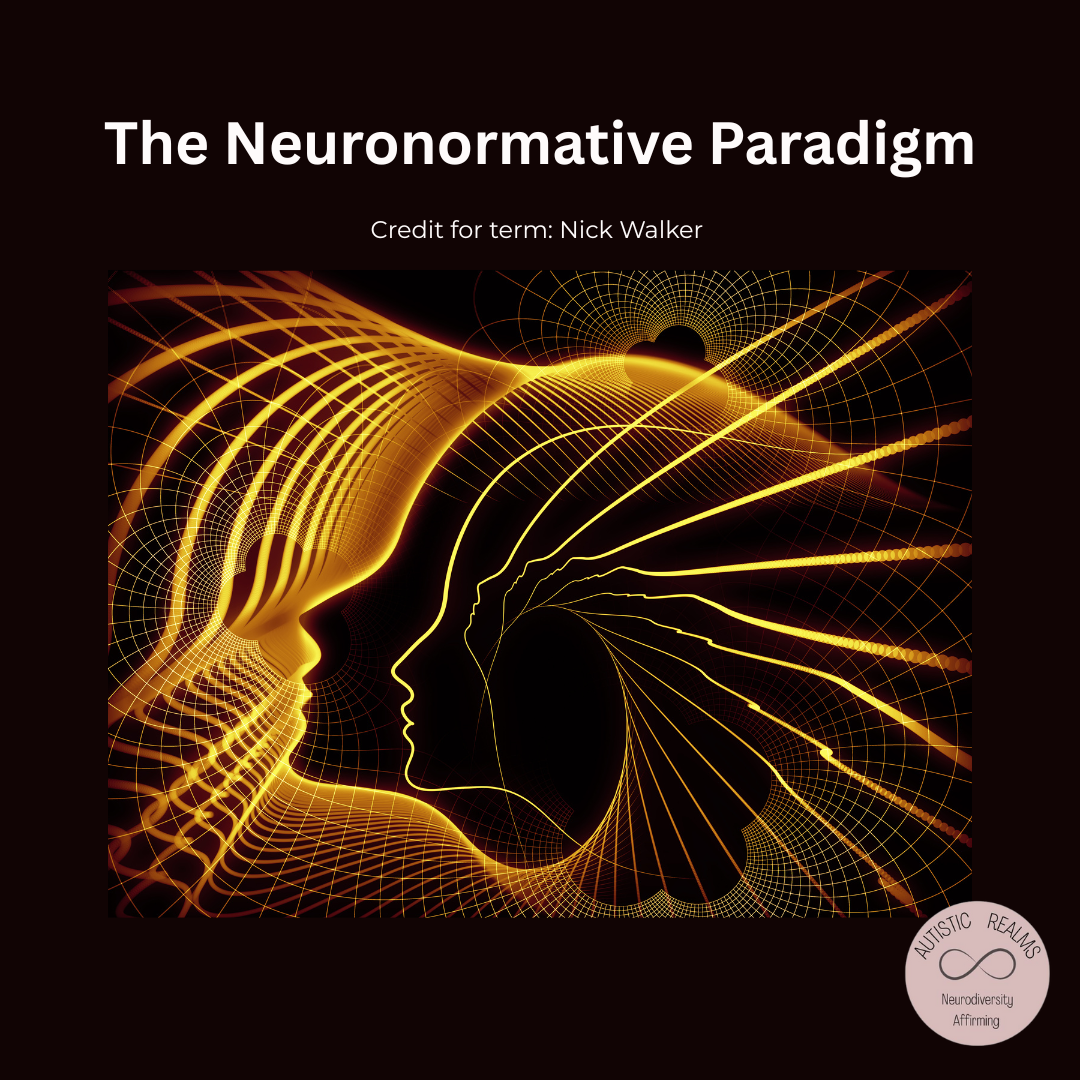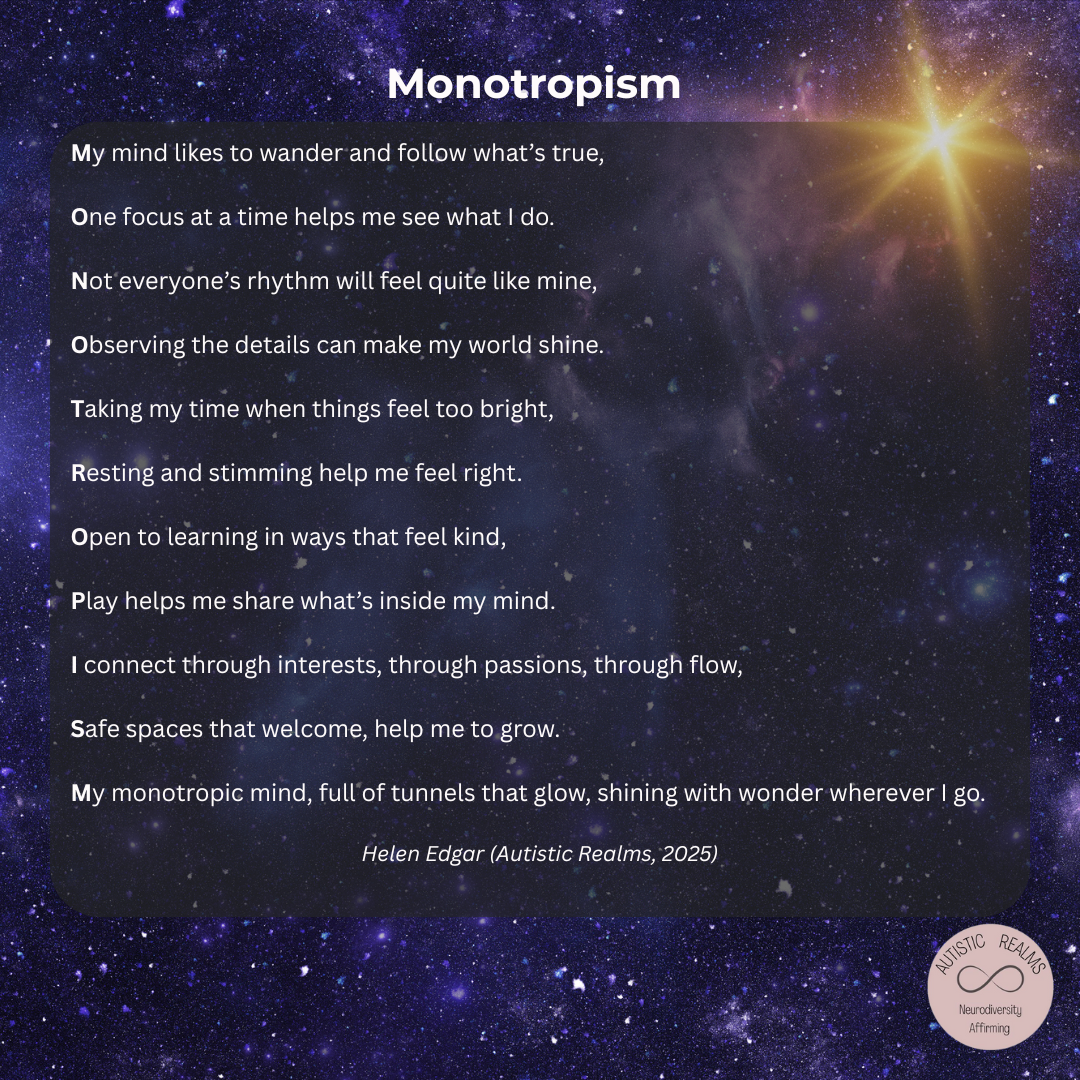Your basket is currently empty!

Radical Resilience
The word resilience is often used as a weapon, especially against parents/ carers whose children are different, who may be neurodivergent and who are more likely to need accommodations in school to succeed. I have found the word ‘resilience’ triggering for a long time, it has been used against me as a parent, against my children and against many of the families and young people I support. Being told you need to harden up and be ‘more resilient’ shows a lack of understanding and a lack of openness as to the reasons why a person may be struggling. It doesn’t enable curiosity or for people to share their story, it is a closed statement, a dead end that can only lead to more harm for many people.
The word resilience is often used as a judgement. It is used as a word to shame parents/carers and to imply they are not good enough at parenting; they aren’t parenting in the ‘right way’ in the ‘normal’ way. It is often implied that low-demand parenting styles are about ‘giving in’ and one of the root causes of neurodivergent children being more ‘needy’ and unable to fit in; neurodivergent needs can be hugely misunderstood. However, if people were more understanding and schools more neurodiversity-affirming, perhaps those struggling wouldn’t be told that they needed to be ‘more resilient’ to survive – let alone given the chance to thrive?
Being told, ‘your child needs to be more resilient’ implies that they are not good enough as they are, they need to be better. It is often suggested that in order to do that, we need to teach our children that needing extra reassurance, using comforters, needing specific routines, needing extra time, and needing things done in a certain way are not important and that children should just ‘get on with it’; children should be ‘more resilient’ and it is our fault as parents if they are not. Using the word resilience in this way is ableist and denies needs.
As parents / carers of neurodivergent children (such as Autistic, ADHD and PDA) we are often told we need to be firmer and stronger in our parenting approach. In the UK, many parents whose children are struggling with their mental health or having difficulty in education are often invited onto parenting courses, essentially with the aim of learning to be a ‘better parent’. A few of these courses may be helpful and neuro-affirming, but the majority are currently ableist and harmful; they are shaming and stigmatising for the parents of neurodivergent children (whilst they also don’t acknowledge that many of the parents of neurodivergent children are more likely to be neurodivergent themselves).
To make our children more resilient, it is frequently suggested that we should enforce more rules; we need to adopt a behaviourist approach and not be such a pushover. There is often a huge misunderstanding of the benefits of a flexible, compassionate, low-demand approach, especially for PDAers. We are expected to teach our children to fit in at almost any cost to their well-being and our well-being as parents/carers.
It is very common for neurodivergent children to struggle with transitions, especially the transition into school and new settings or when meeting new people. One example of a common scenario where we may be told we need to be more resilient as parents, and our children need to be more resilient, too, is that of children who get upset at the school gates when leaving their carers. Children who are struggling or being ‘difficult’ are often bribed into school with reward charts, their needs are then left unmet and trauma cycles can begin to grow. Over time, this gives a message to children that they need to mask, build up their armour, and if they can make it through to the next star on their reward chart, it will all be okay. However, masking is exhausting, denying and not having needs met can eventually lead to burnout and ill health.
Teaching people they need to be resilient to be accepted and fit in is harmful.
A parent whose child may be crying and clinging onto them as the school bell rings is a child who needs more connection with their safe person (not less) and it shows they aren’t yet ready for the transition. Parents are told things like, ‘Oh, they will be fine once they are in; stop fussing, you are making this worse for them’.
Many parents are told to be more resilient, to be firmer, to not let emotions get in the way of how we ‘should parent’. It is suggested we need to ignore our gut instincts and pain as our child is being peeled off us and escorted into school crying – with the words ‘they will be fine in a bit’ thrown back at us, even though we know they won’t, not really. We know they may settle down eventually, but the fallout from that trauma and needing to mask all day will be released after school when they get home. Meltdowns and shutdowns will likely be triggered when children are once again in their safe space at home and trying to process and regulate after a day of masking and trying to be ‘resilient’.
Blame and shame are often attributed to parents who ask for accommodations to make transitions (such as the above) easier for their neurodivergent children.
Children often need support plans for accommodations as simple as needing a comforter or a more relaxed start of the day. Such accommodations should be available for all in neuro-affirming settings and not seen as an ‘extra’, just as a ‘difference’.
Teachers may says things like; “No comforters are allowed in school, if we did it for one child we’d need to allow it for everyone….We can’t have a class full of teddy bears or blankets’. Or you may hear things like; “They are too old for a comforter now, you should have got rid of that years ago!”. We are often told as parents; “you need to stop fussing and giving in, it isn’t helping your child, you are making this situation worse”. It is implied that if parents parented ‘better’ and were more resilient themselves, their children wouldn’t have so many issues. The word resilience becomes heavy with shame when used in this way. It is neuronormative society that needs to embrace resilience, not that neurodivergent or disabled people need to be more resilient.
The word ‘resilience’ has been used against many people and neurodivergent or disabled families I know, including their children and young people, to suggest that they are not doing enough, they are not strong enough, not mature enough, not mentally well enough and that they need to build up some armour to make themselves stronger. We are told we need to be more resilient so we can then fit into society and conform to neuronormative ideals. If neurodivergent people could only be more ‘resilient’, it would save other people making accommodations.
When used in this way, the word resilience puts the blame on the person (often the disabled, neurodivergent person), and it reinforces the uneasy and unfair power dynamic and denies the need to make environmental and societal changes.
I am suggesting a reclaiming and reframing of the word resilience.
Radical Resilience
Radical resilience is about using our resilience, our strength, to challenge the systems and advocate for our neurodivergent and disabled needs in a society that predominantly values neuronormativity, at all costs.
Resilience can be a powerful tool against the systems and people who try to use the word to shame and make neurodivergent and disabled people feel like they are not good enough, not mentally well enough, too weak, too soft and those who are not learning, working, or parenting in what is expected to be the ‘right way’.
We shouldn’t have to become more resilient to fit in; we shouldn’t need to deny our needs and teach our children that they can only survive. We shouldn’t need to mask, suppress and deny our authentic selves to thrive.
We need to change environments, not fix people.
Autism + Environment = Outcome
(Beardon, L. (2022). What works for autistic children. Sheldon Press. P.22
Neurodivergent and disabled people don’t need to be more resilient to fit in, but we can use our resilience to advocate and make change. I am not suggesting this is easy, and there is a great deal of privilege in being able to do this in a safe space—race, gender, and many other factors will impact a person’s ability to advocate and be taken seriously, but when we can, we need to try to shift the narrative.
If people’s needs were met, there would be no need for the word “resilience.” I think we need more softness and flexibility, more acceptance and understanding of differences, better communication between people, and less of a double empathy gap (Milton, 2012). We shouldn’t need to keep fighting ableist systems we need neuro-affirming practice and care for everyone. Our children shouldn’t need to be told that they need to be stronger and that they should be more resilient. We are enough.
Radical resilience involves reclaiming the word resilience, embracing change, facing difficulties head-on, and not just surviving but thriving in the face of adversity. It also involves thinking outside the box, being open to new possibilities, and adapting to difficult circumstances in innovative neuroqueer ways.
To be radically resilient, we need to find possibilities in between hard spaces to transform the landscape and enable more neuro-affirming environments for people to flourish. In the right environment, resilience isn’t a word of shame; it can be used to create new ideas and pathways for change and strengthen people’s advocacy skills to enable a neurodiversity-affirming society.


Image by Abigail Penner shared by @RadicallySunny https://www.facebook.com/share/p/12G77C9N5mH/
Further Reading:
https://stimpunks.org/glossary/resilience/
Latest Posts
-
Autistic Burnout – Supporting Young People At Home & School

Autistic burnout in young people is real—and recovery starts with understanding. This post offers neuroaffirming ways to spot the signs, reduce demands, and truly support. 💛 #AutisticBurnout #Neuroaffirming #Monotropism #AutisticSupport
-
Monotropic Interests and Looping Thoughts

The theory of monotropism was developed by Murray, Lawson and Lesser in their article, Attention, monotropism and the diagnostic criteria for autism (2005). Monotropism is increasingly considered to be the underlying principle behind autism and is becoming more widely recognised, especially within autistic and neurodivergent communities. Fergus Murray, in their article Me and Monotropism:…
-
Map of Monotropic Experiences

Monotropism seeks to explain Autism in terms of attention distribution and interests. OSF Preprints | Development and Validation of a Novel Self-Report Measure of Monotropism in Autistic and Non-Autistic People: The Monotropism Questionnaire This map highlights 20 common aspects of my personal monotropic experiences. How many do you experience? Where are you on the map…
-
Autistic Burnout – Supporting Young People At Home & School

Being autistic is not an illness or a disorder in itself, but being autistic can have an impact on a person’s mental and physical health. This is due to the often unmet needs of living in a world that is generally designed for the well-being of people who are not autistic. In addition, three-quarters of…
-
The Double Empathy Problem is DEEP

“The growing cracks in the thin veneer of our “civilised” economic and social operating model are impossible to ignore”, Jorn Bettin (2021). The double empathy problem (Milton, 2012) creates a gap of disconnect experienced between people due to misunderstood shared lived experiences. It is “a breakdown in reciprocity and mutual understanding that can happen between people…
-
Top 5 Neurodivergent-Informed Strategies

Top 5 Neurodivergent-Informed Strategies By Helen Edgar, Autistic Realms, June 2024. 1. Be Kind Take time to listen and be with people in meaningful ways to help bridge the Double Empathy Problem (Milton, 2012). Be embodied and listen not only to people’s words but also to their bodies and sensory systems. Be responsive to people’s…
-
Autistic Community: Connections and Becoming

Everyone seeks connection in some way or another. Connections may look different for autistic people. In line with the motto from Anna Freud’s National Autism Trainer Programme (Acceptance, Belonging and Connection), creating a sense of acceptance and belonging is likely to be more meaningful for autistic people than putting pressure on them to try and…
-
Monotropism, Autism & OCD

This blog has been inspired by Dr Jeremy Shuman’s (PsyD) presentation, ‘Neurodiversity-Affirming OCD Care‘ (August 2023), available here. Exploring similarities and differences between Autistic and OCD monotropic flow states. Can attention tunnels freeze, and thoughts get stuck? Autism research is shifting; many people are moving away from the medical deficit model and seeing the value…
-
Monotropism Questionnaire & Inner Autistic/ADHD Experiences

Post first published 28th July 2023 Over the past few weeks, there has been a sudden surge of interest in the Monotropism Questionnaire (MQ), pre-print released in June 2023 in the research paper ‘Development and Validation of a Novel Self-Report Measure of Monotropism in Autistic and Non-Autistic People: The Monotropism Questionnaire.‘ by Garau, V., Murray,…
-
Penguin Pebbling: An Autistic Love Language

Penguin Pebbling is a neurodivergent way of showing you care, like sharing a meme or twig or pretty stone to say “I’m thinking of you,” inspired by penguins who gift pebbles to those they care about.
-
The Neuronormative Paradigm: Naming The Systems That Harm

The Neuronormative Paradigm, conceptualised by Nick Walker, names the systems that define and enforce what society considers normal. This exploration piece contrasts the neuronormative paradigm with the neurodiversity paradigm, which recognises all ways of being as vital to human diversity.
-
Monotropism: A Poem

A poem about monotropism for children, young people, families and educators to open conversations about Autistic & ADHD experiences.
-
Understanding the Double Empathy Problem: A Guide For Autistic People & Families

FREE Neuro-Affirming Communication & Sensory Passport + Training Support Autistic people through better understanding of communication, sensory needs & double empathy.













